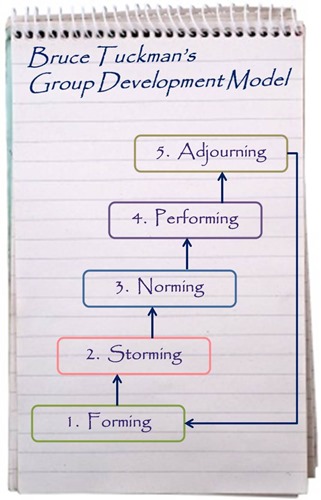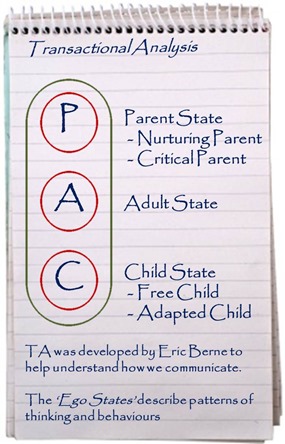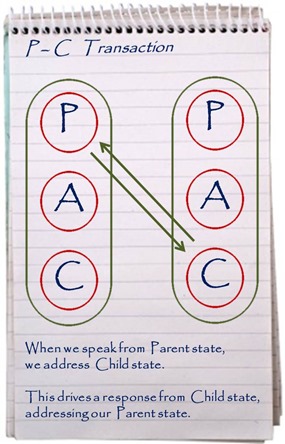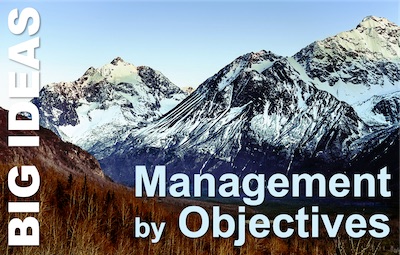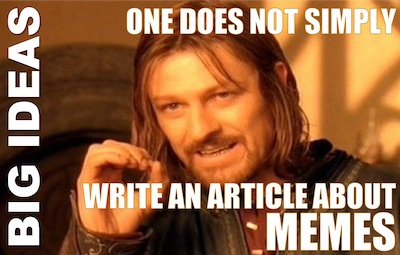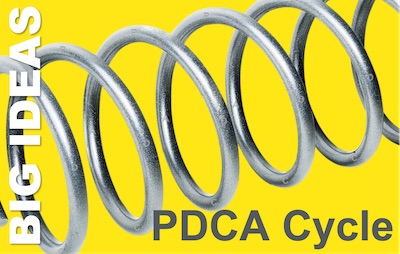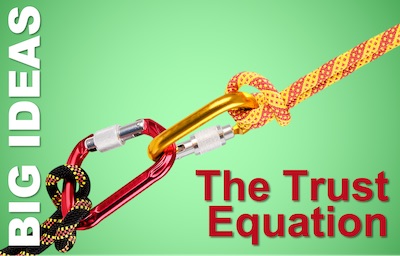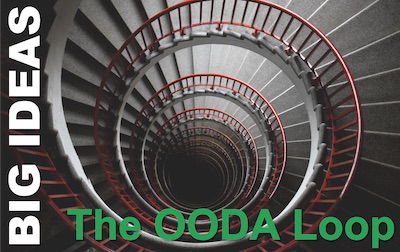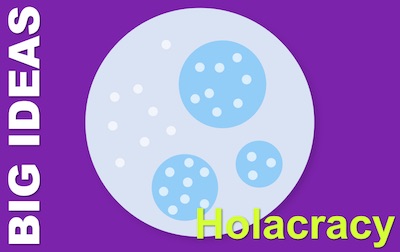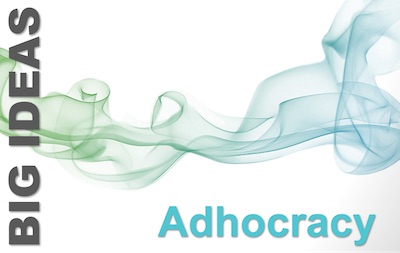Pocketblog has gone back to basics. This is part of an extended management course.
‘How do new groups of people develop into
effective teams?’
Bruce Tuckman developed the best known and most widely used answer to this question in the early 1960s. Working for the US Navy, he reviewed a wide range of group dynamics research, to identify a sequence of discrete stages that described the findings of most of the studies.
Tuckman himself ascribes the success of his model over other, later models, to the catchy labels he created for the stages.
1. Forming
When a group first comes together, people are keen to get on with the task at hand, but have little idea what is expected of them. In building relationships, they start with the superficial dialogue familiar to anyone who has arrived in a room full of unfamiliar people. As a team leader, focus on giving people work they can get on with and, at the same time, get to know their colleagues. Tuckman referred to this as the forming stage.
2. Storming
People are social creatures, and we need to assert ourselves, find our allies, and make a niche for ourselves. In the next stage, storming, the group turns inward, focusing on relationship building. Conflicts arise as, like hens in the farmyard, we each seek our place in the pecking order. The group may also start to challenge your leadership so, while you keep them focused on work, you need to assert your leadership and provide support to individual team members.
3. Norming
Following the intensely social storming phase, we withdraw into task-focused activities. We hunker down and get on with the work. The group is now more cohesive, focusing on creating procedures, fulfilling defined roles and making progress. This is the norming stage, and it is often very productive. Because people know what their role is now, focus your leadership on creating links between team members and establishing routines and team habits..
4. Performing
As the quality and depth of relationships build, the group reaches its final stage, performing. Group members support each other in their tasks and show greater behavioural flexibility. The group now feels like a team, with individuals stepping into leadership roles as their capabilities and interests dictate. Your leadership can be very subtle, focused on maintaining the productive environment in which the team can thrive, providing them with the information and resources they need, and protecting the team from disruptive interruptions and distractions.
5. Adjourning
Two decades later, in 1977, Tuckman collaborated with Mary Ann Jensen in reviewing further research studies. As well as endorsing his earlier model, their analysis suggested a fifth stage ‘for which the perfect rhyme could not be found’ in Tuckman’s own words.
They called this stage adjourning, although many authors (including me) prefer the term ‘mourning’. As the group separates, there is a palpable sense of loss. The joy of working successfully with valued colleagues is important to us and we mourn its loss. Like in the case of ‘real’ mourning, you should make time for your team to reflect on the transition and celebrate the past.
Additional Phases
Trainers and writers have introduced additional phases to the model, which each have their value. Two of these, the ‘yawning’ stage and the ‘transforming’ stage have been covered in earlier Pocketblogs:
- Tuckman Plus looks at an additional phase: the ‘yawning’ stage.
- Tuckman Plus, Part 2: Transforming looks at another additional phase: the ‘transforming’ stage.
Critique
Tuckman’s model was not based on primary research and has been criticised for its linear nature and its discrete stages. Despite this, it accords well with people’s experience and has been applied in a number of related formulations.
As a manager, use the model to understand the evolution of your team, and in interpreting what happens among the groups with which you work.

- The Teamworking Pocketbook
- The Management Models Pocketbook
looks at Tuckman in Chapter 3 - The Teambuilding Activities Pocketbook suggest activities to use with teams as they go through the various stages.
Other Pocketblogs you may like
Swift Trust–Why some Teams don’t Storm
… introduces the model and looks at the storming phase and uses the concept of ‘swift trust’ to understand why some teams skip over this phase.
Team Performance Beyond Tuckman
… isn’t strictly about Tuckman – it introduces the ‘Drexler/Sibbet Team Performance Model’.


